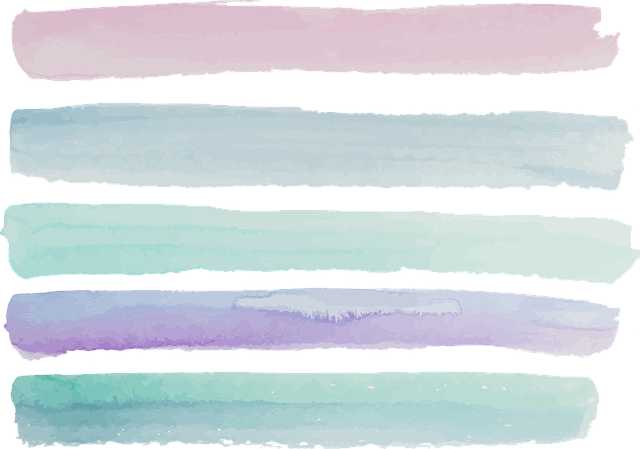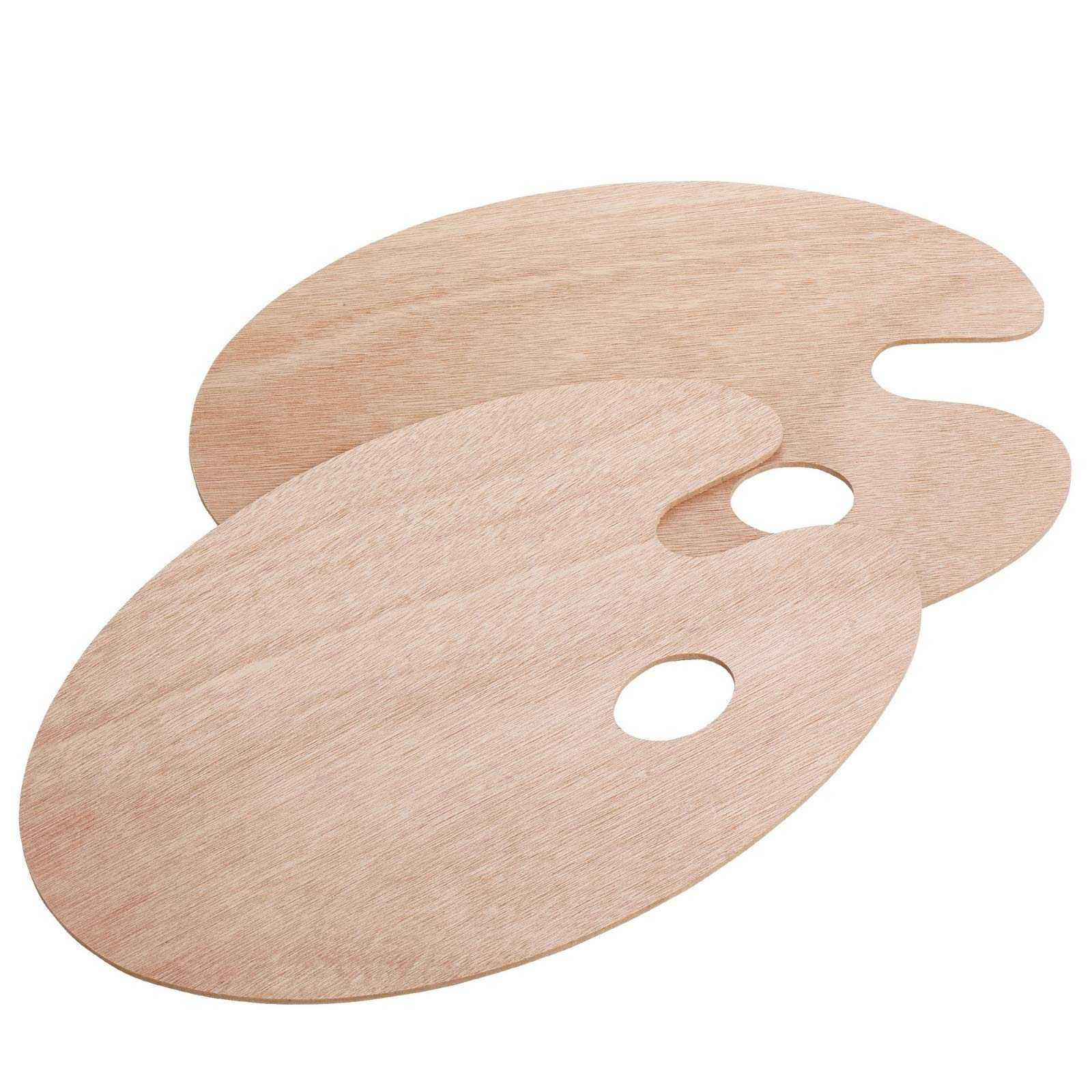Table of Contents
- Exploring the Beauty of Nature Through Landscape Paintings
- Techniques and Styles That Bring Landscapes to Life
- Selecting the Right Palette for Your Landscape Artwork
- Inspiring Landscape Artists to Follow and Learn From
- Q&A
- To Conclude


Exploring the Beauty of Nature Through Landscape Paintings
Landscape paintings serve as a bridge between the viewer and the unspoiled beauty of nature, capturing scenes that evoke tranquility and admiration. Artists utilize a variety of techniques and mediums to bring these natural wonders to life, often drawing inspiration from their surroundings. The vibrant hues of a sunset or the gentle slopes of rolling hills can be translated onto canvas, allowing observers to experience the serenity of the outdoors from the comfort of their homes. Each brushstroke not only depicts the scenery but also conveys the emotions felt in that moment, creating a connection that transcends the display.
Artistic choices, such as the play of light and shadow, influence the mood of a landscape painting. Bold colors can depict the vibrancy of a bustling meadow in full bloom, while softer tones may evoke the calmness of a misty morning over a tranquil lake. Artists often experiment with different styles, from realism to impressionism, and even abstract representations. This variety allows viewers to find a style that resonates with them, whether they appreciate the detailed accuracy of a lifelike rendering or the emotional interpretation found in a more stylized approach.
Exploring various landscapes through art also highlights the diversity of our planet’s environments. Artists often focus on specific regions, drawing attention to unique geographical features and biodiversity. Consider the following examples showcased in landscape paintings:
| Region | Key Features | Common Inspiration in Art |
|---|---|---|
| Coastal Areas | Beaches, cliffs, ocean waves | Sunsets over water, stormy seas |
| Mountain Regions | Peaks, valleys, forests | Majestic mountain ranges, serene snow-capped tops |
| Deserts | Sand dunes, cacti, clear skies | Vast open spaces, vibrant sunsets |
| Forests | Trees, foliage, wildlife | Sunlight filtering through trees, autumn colors |
Ultimately, landscape paintings act as a reminder of the beauty that exists beyond urban life. They encourage viewers to step outside and immerse themselves in nature, fostering a greater appreciation for the environment. By observing the artistry involved in these works, one can develop a new perspective on the landscape itself, recognizing not just its aesthetic appeal but its cultural and emotional significance as well. Such paintings are not just images; they are invitations to experience the diverse tapestry of our natural world.


Techniques and Styles That Bring Landscapes to Life
Bringing landscapes to life through painting requires a keen understanding of various techniques and styles that can elevate a scene from ordinary to extraordinary. One popular method among artists is impasto, which involves applying paint thickly to the canvas. This technique creates texture and depth, allowing the viewer to almost feel the landscape. In landscapes, impasto can be particularly effective in conveying the ruggedness of rocks or the gentle ripples of water, making the painting more immersive.
Another technique that artists often employ is chiaroscuro, the use of strong contrasts between light and dark. This style not only enhances the three-dimensionality of the landscape but also adds drama and mood. For instance, a sunset over a mountain range can be accentuated by employing chiaroscuro to emphasize the glowing sky against the dark silhouettes of the peaks. The result is a captivating image that transports the viewer into the scene.
Color palette plays a crucial role in landscape painting; artists often choose highly saturated colors to evoke emotional responses. Bold hues can reflect the vibrancy of spring or the subtle warmth of autumn. Alternatively, using a more monochromatic palette can create a serene and tranquil atmosphere, drawing attention to the intricacies of the landscape without overwhelming the senses. This deliberate choice of colors can significantly influence how the landscape is perceived.
the composition of a landscape painting is instrumental in guiding the viewer’s eye. Techniques such as the Rule of Thirds can bring balance and interest to the piece. By strategically placing focal points along these lines, artists can create a dynamic relationship between landforms, skies, and bodies of water. Incorporating elements like leading lines, such as paths or rivers, can also enhance the depth and movement within the painting, inviting the viewer to explore every corner of the artwork.


Selecting the Right Palette for Your Landscape Artwork
Choosing the right colors for your landscape artwork is essential in conveying emotion and setting the scene. A well-thought-out palette can breathe life into your painting, enhancing the natural beauty that you’re trying to represent. Begin by considering the season you want to depict; each season offers a distinct color palette. For instance, spring might inspire a fresh array of greens and vibrant florals, while autumn could lead you to warm oranges, deep reds, and earthy browns.
Another approach is to explore the mood you wish to evoke. Soft pastels can create a tranquil atmosphere, while bold, saturated colors can evoke energy and drama. To achieve harmony within your landscape, it’s vital to select a cohesive color scheme. Utilize the color wheel to identify complementary colors that work in tandem. These color pairs create contrast and add depth, making your landscape more visually striking.
In addition to color theory, consider the impact of light on your palette. The time of day significantly alters the colors of a landscape, and adapting your choices accordingly can make a substantial difference. Morning light, for instance, casts a soft glow that can make colors appear cooler, while the golden hour before sunset warms everything in its path. This can be depicted using a variety of shades for the same color, focusing on warmer tones when the sun is low in the sky. Below is a simple chart for quick reference:
| Time of Day | Palette Highlights |
|---|---|
| Morning | Soft blues, light pinks, cool greens |
| Noon | Bright whites, vivid greens, stark blues |
| Evening | Warm oranges, soft pinks, deep purples |
Lastly, don’t be afraid to experiment. Your palette can say as much about your artistic voice as your brushwork. Try creating a few color swatches before committing to a full painting. This not only allows you to test combinations but also helps you get comfortable with blending. Always keep in mind that the richness of your landscape artwork lies in the subtleties of your choices, so take your time to explore different shades, tones, and textures.
Inspiring Landscape Artists to Follow and Learn From
When exploring the realm of landscape art, numerous talented artists have shaped the genre, each bringing their unique perspective and style to the canvas. Among these visionaries, Claude Monet remains a foundational figure, renowned for his impressionistic depictions of nature. His series of water lilies and vibrant gardens showcases how light and color interplay in landscapes, encouraging viewers to appreciate fleeting moments in nature.
Another artist worth noting is Frederic Edwin Church, a key player in the Hudson River School. His majestic landscapes, like “The Heart of the Andes,” highlight the grandeur of nature through meticulous detail and dramatic vistas. Church’s use of light and atmosphere invites observers to experience the transcendent beauty of the natural world, making his work ideal for those wanting to deepen their understanding of landscape representation.
Modern landscape artists also deserve recognition. Olivia Fong merges abstract techniques with natural elements, creating ethereal pieces that challenge traditional representations. Her work reflects a contemporary approach to landscapes, where color and form take precedence over realism. Fong’s art serves as an inspiration for artists who wish to blend impressionism with abstract expressionism, demonstrating how landscapes can evoke emotion beyond realistic portrayal.
Lastly, Yayoi Kusama’s installation pieces, while often leaning towards the conceptual, make a significant impact within landscape art discussions. Her use of infinity and pattern allows viewers to experience landscapes in radically different dimensions. Kusama’s work encourages artists to think outside conventional limits, fostering a dialogue between environment and perception. Exploring her installations can inspire budding artists to incorporate innovative techniques into their landscape interpretations.
